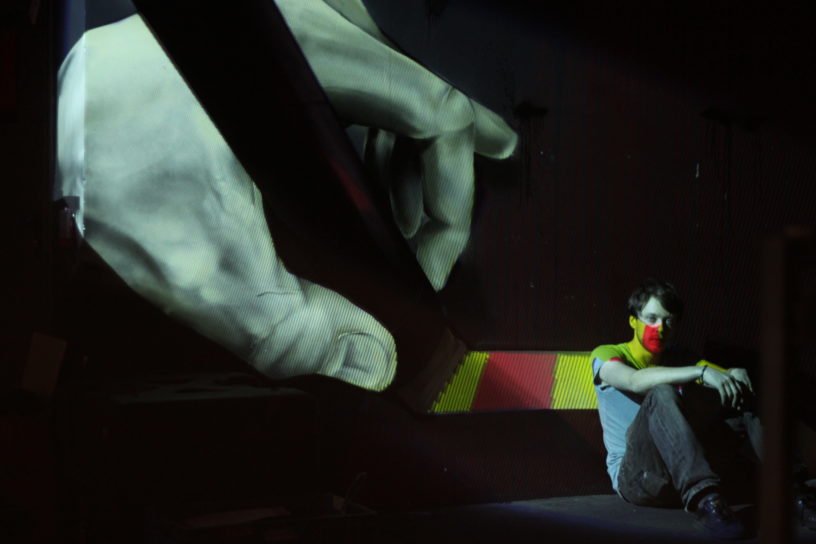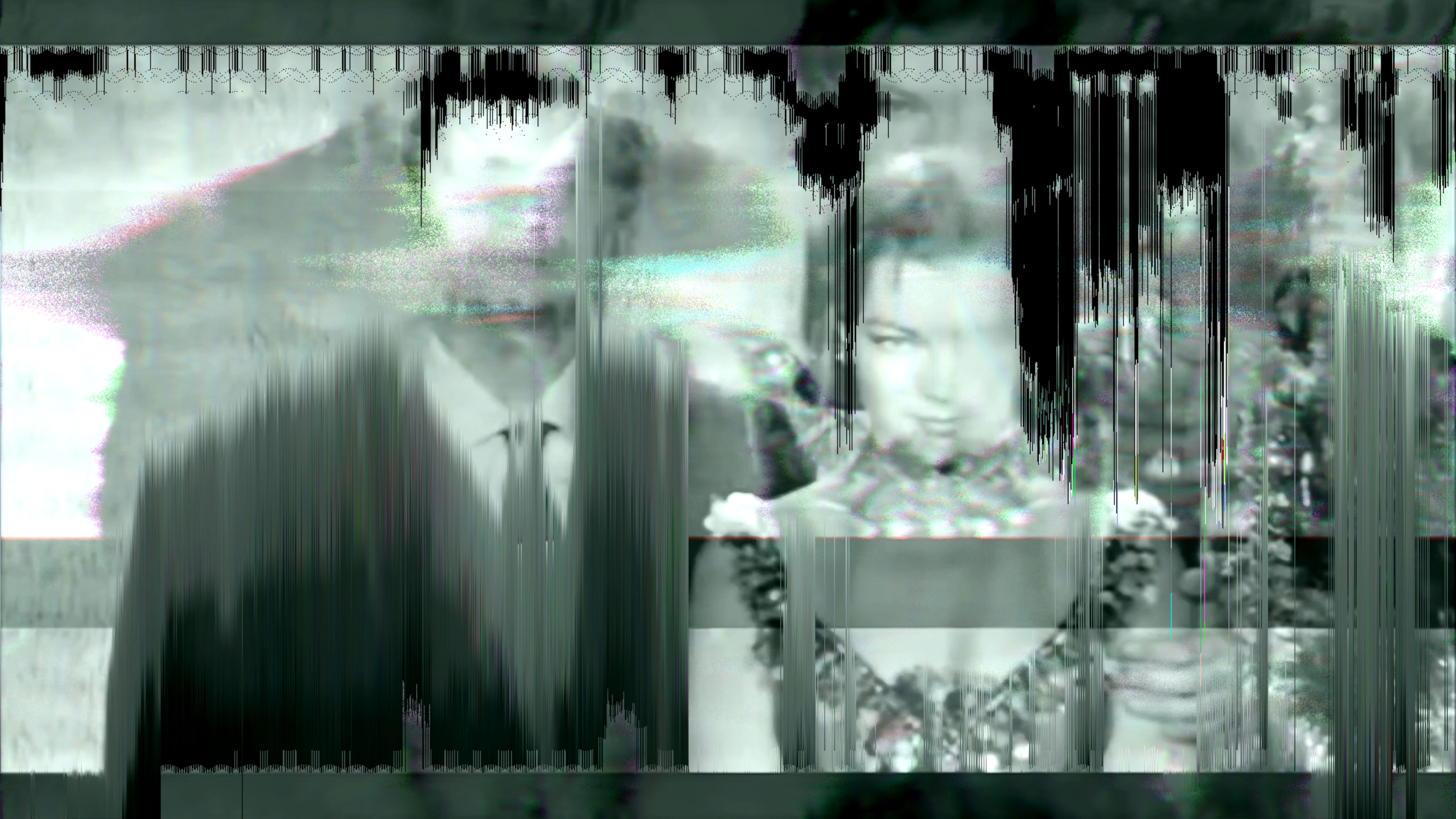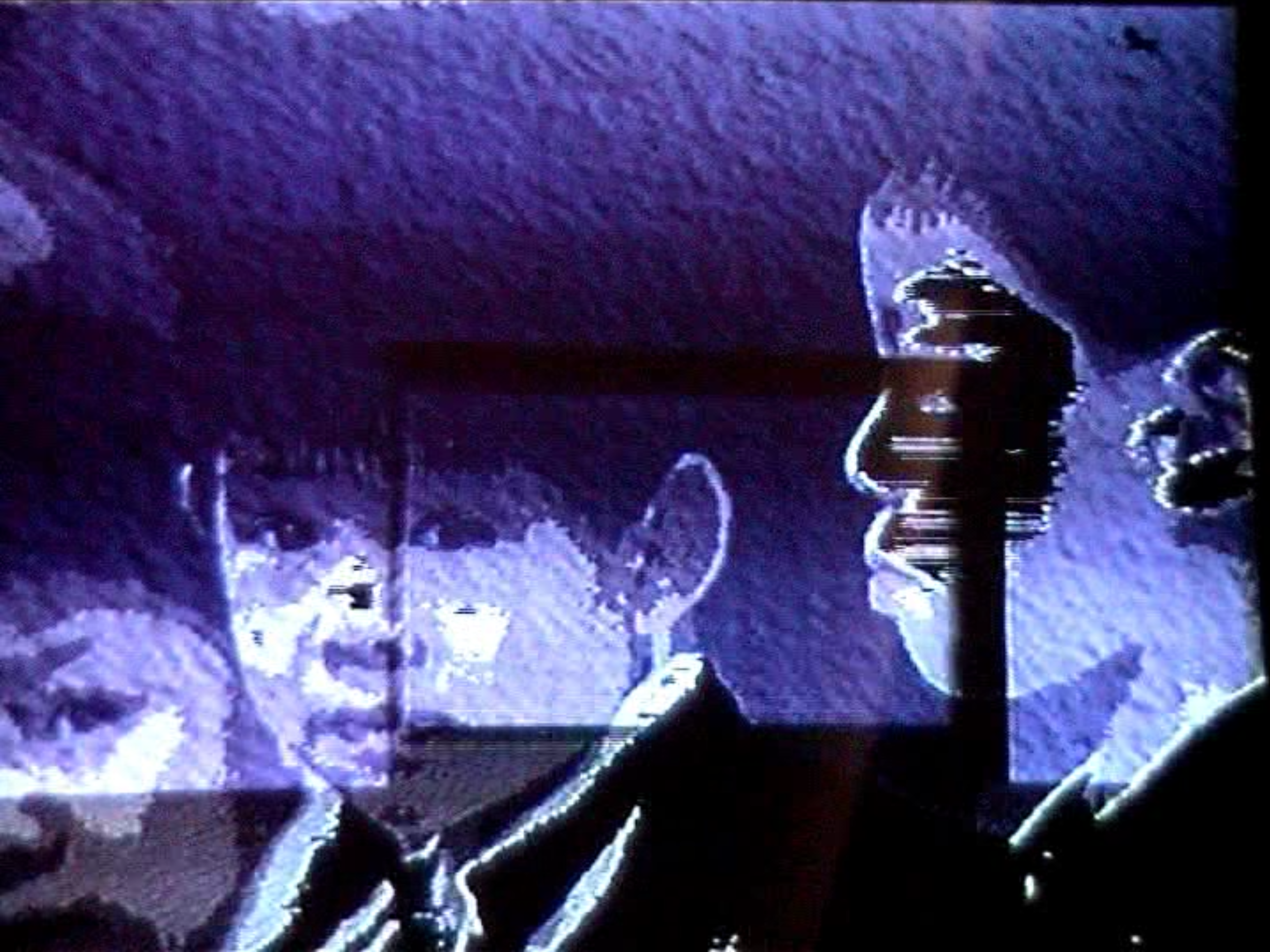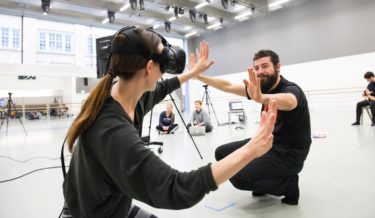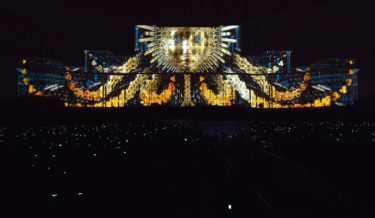Related post
DUST IS A VIRTUAL REALITY PIECE
May 19, 2017
|
Comments Off on DUST IS A VIRTUAL REALITY PIECE
1931
Interconnection – visionary projection mapping – the winner of iMapp 2016
Jan 18, 2017
|
Comments Off on Interconnection – visionary projection mapping – the winner of iMapp 2016
4241
Interact with Animated Fluids Inside a Massive Immersive Installation
Jun 23, 2017
|
Comments Off on Interact with Animated Fluids Inside a Massive Immersive Installation
1997

